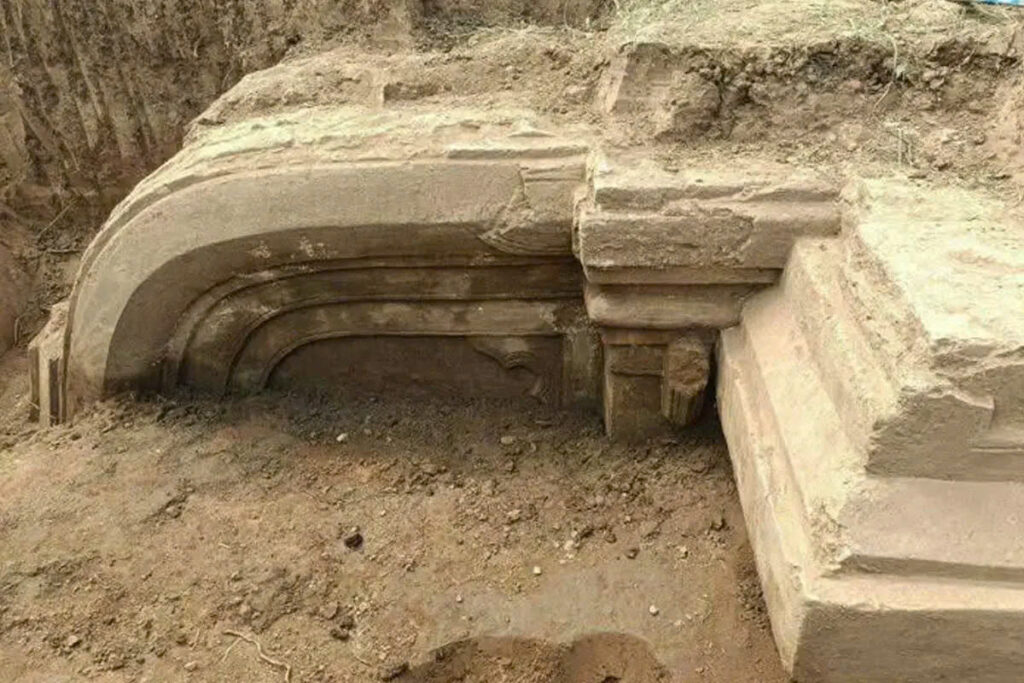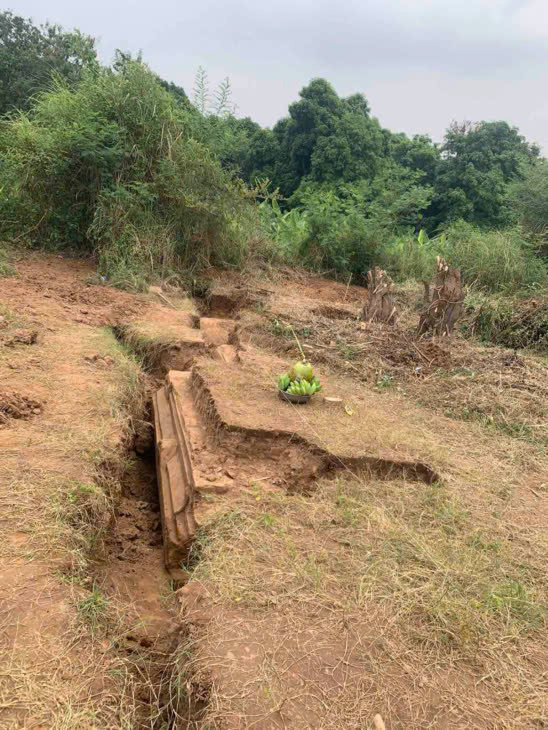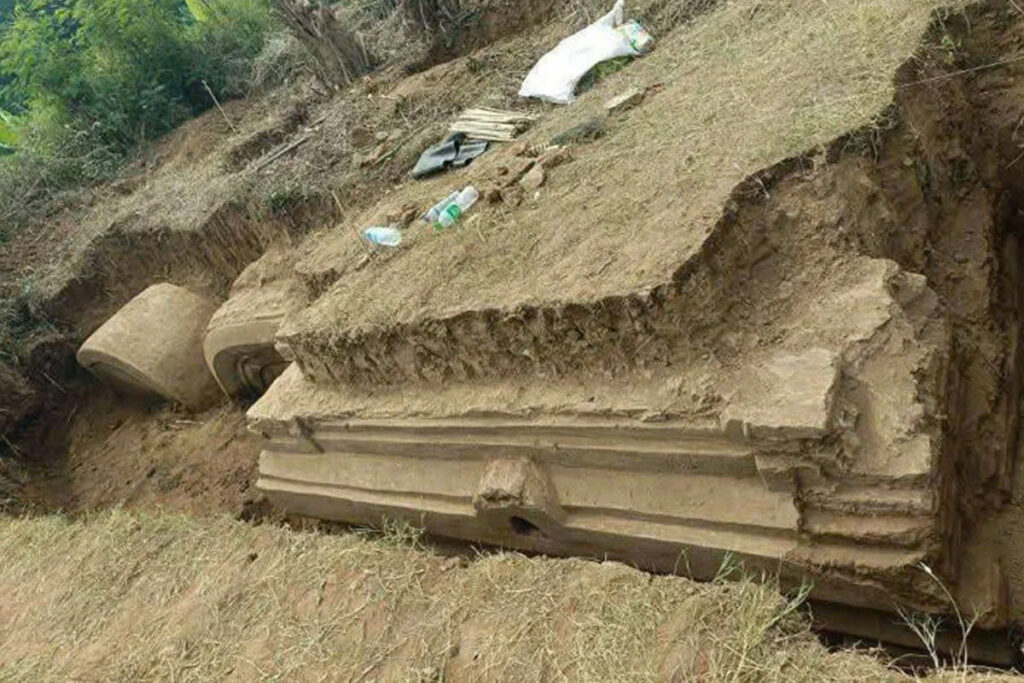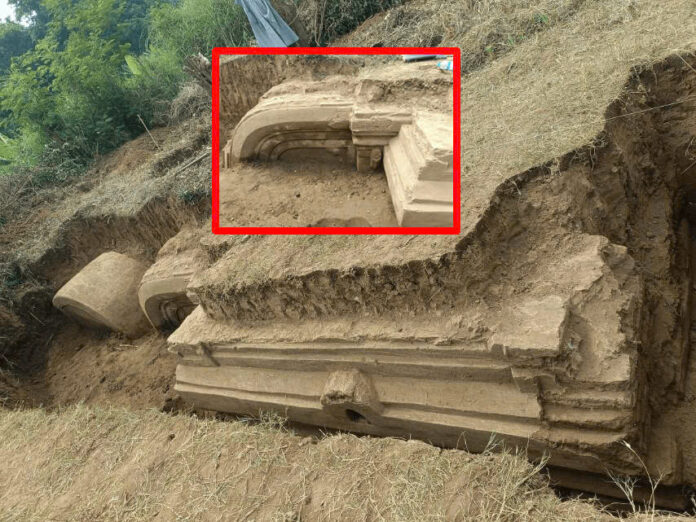In a remarkable twist of fate, the devastating earthquake that recently struck Myanmar has unveiled long-forgotten treasures from the nation’s imperial past, giving archaeologists unprecedented access to historical sites previously hidden beneath centuries of sediment.
Tragedy Leads to Historic Discovery
The powerful 7.7-magnitude earthquake that rocked central Myanmar on March 28th left a trail of destruction in its wake. Thousands lost their lives, and countless structures collapsed under the violent tremors. Yet, as communities began the painful process of recovery, something extraordinary emerged from the fractured earth.

Near the town of Tada-U, approximately 10 kilometers from Mandalay, the earthquake created deep fissures and subsidence cracks that exposed substantial ruins beneath the surface. What initially appeared to be random structural remnants soon caught the attention of local archaeologists who recognized their historical significance.
Royal Water Palace Emerges from the Past
After preliminary investigations, experts believe the newly exposed ruins are the remains of an elaborate “water palace” dating back to the Konbaung Dynasty period, Myanmar’s final imperial era that ruled from 1752 until British colonization in 1885.

“The architectural elements we’re seeing match precisely with illustrations found in ancient palm-leaf manuscripts,” explained Dr. Min Thein, lead archaeologist at the site. “The foundational structures, ornate stairways, and pavilion remnants all suggest this was once a magnificent royal retreat.”
Video
Connection to Ratnapura Ava: The Lost City of Gems
The discovery holds particular significance due to its proximity to the historic royal capital of Ratnapura Ava, known as the “City of Gems.” Located just 3.6 miles north of Tada-U in present-day Inwa, this imperial seat witnessed centuries of Burmese royal history from the 14th to 19th centuries.
Historians note that Ratnapura Ava suffered numerous destructions and rebuildings throughout its tumultuous history. Perhaps most ironically, the capital was ultimately abandoned following a series of devastating earthquakes in March 1839—a striking parallel to the current situation nearly two centuries later.
A Silver Lining Amid Disaster
While the human toll of the recent earthquake cannot be understated, the archaeological community sees these discoveries as a rare opportunity to enhance understanding of Myanmar’s rich cultural heritage.

“These sites have remained untouched for generations, preserved beneath layers of earth,” noted heritage preservation specialist Khin Maung Nyunt. “While we would never wish for such circumstances, the exposed ruins provide an unprecedented window into our nation’s regal past.”
As research continues across the quake-affected regions, experts remain hopeful that additional historical treasures may emerge, offering new insights into one of Southeast Asia’s most fascinating yet understudied ancient kingdoms.

